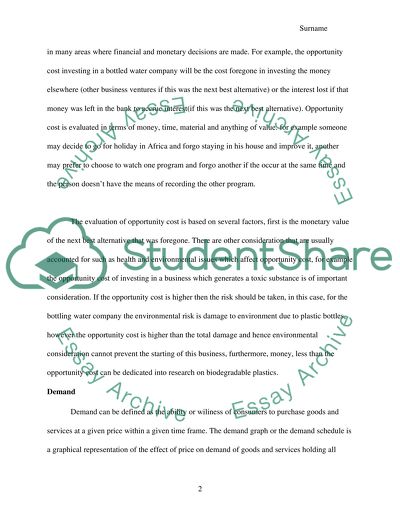Cite this document
(“Bottled water Economics research Paper Example | Topics and Well Written Essays - 5000 words”, n.d.)
Bottled water Economics research Paper Example | Topics and Well Written Essays - 5000 words. Retrieved from https://studentshare.org/marketing/1511657-bottled-water-economics-research
Bottled water Economics research Paper Example | Topics and Well Written Essays - 5000 words. Retrieved from https://studentshare.org/marketing/1511657-bottled-water-economics-research
(Bottled Water Economics Research Paper Example | Topics and Well Written Essays - 5000 Words)
Bottled Water Economics Research Paper Example | Topics and Well Written Essays - 5000 Words. https://studentshare.org/marketing/1511657-bottled-water-economics-research.
Bottled Water Economics Research Paper Example | Topics and Well Written Essays - 5000 Words. https://studentshare.org/marketing/1511657-bottled-water-economics-research.
“Bottled Water Economics Research Paper Example | Topics and Well Written Essays - 5000 Words”, n.d. https://studentshare.org/marketing/1511657-bottled-water-economics-research.


